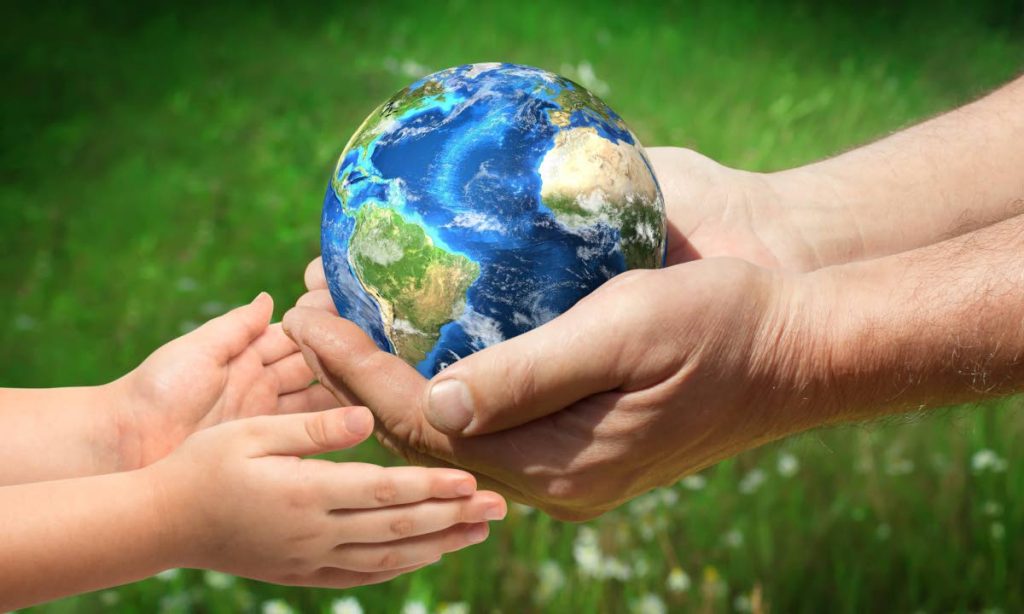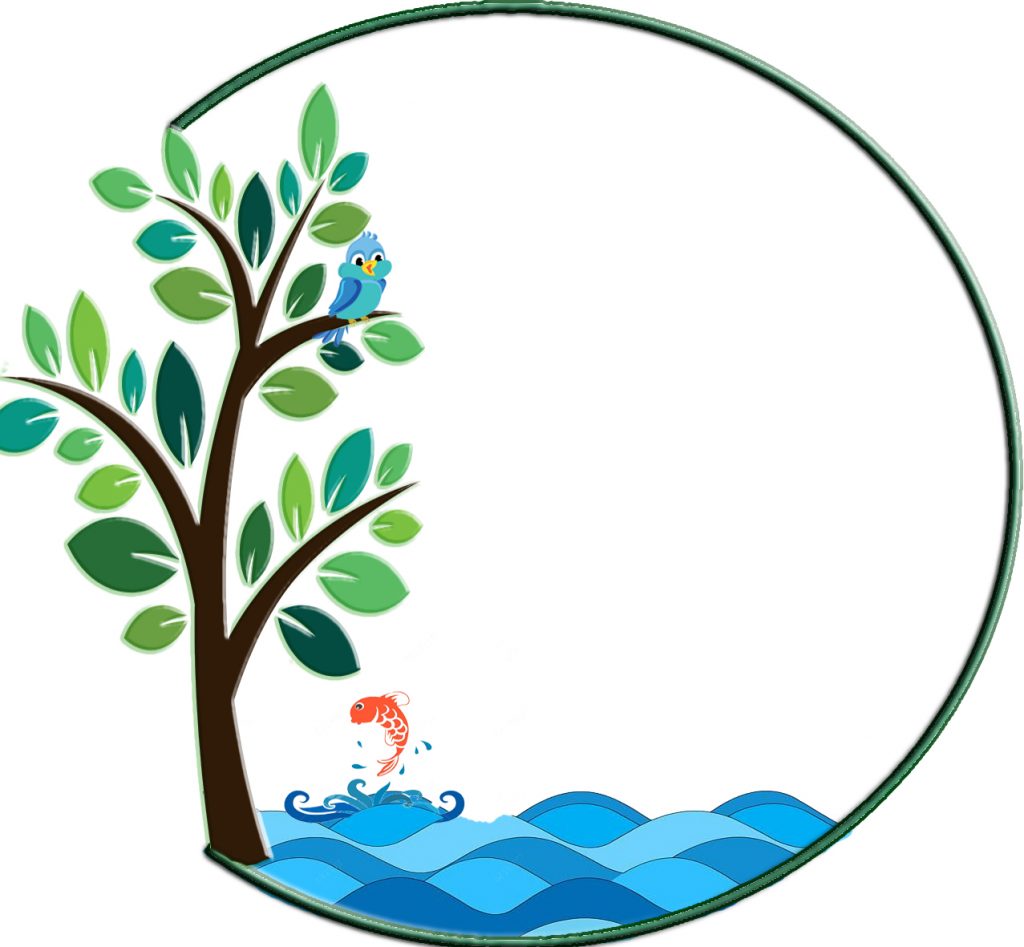The history of Earth Day

Our population and our use of the finite resources of planet Earth are growing exponentially, along with our technical ability to change the environment for good or ill – Stephen Hawking, late English theoretical physicist, cosmologist, and author.
It is home to us all. The earth is 4.543 billion years old and has seen many changes in that time. Some might argue that man's progress has brought the earth to its brink. In commemoration of world earth day on April 22, Newsday will take a look at the various discussions and arguments about the earth today with articles on the most current topics about the earth. Each year, Earth Day marks the anniversary of the birth of the modern environmental movement in 1970. This initial piece gives an outline on Earth Day. This year's theme is Protect our Species.
Setting the stage
The height of counterculture in the United States, 1970 brought the death of Jimi Hendrix, the last Beatles album, and Simon & Garfunkel’s Bridge Over Troubled Water. War raged in Vietnam and students across the US overwhelmingly opposed it.
At the time, Americans were slurping leaded gas through massive V8 sedans. Industry belched out smoke and sludge with little fear of legal consequences or bad press. Air pollution was commonly accepted as the smell of prosperity. “Environment” was a word that appeared more often in spelling bees than on the evening news.
Although mainstream America largely remained oblivious to environmental concerns, the stage had been set for change by the publication of Rachel Carson’s New York Times bestseller Silent Spring in 1962. The book represented a watershed moment, selling more than 500,000 copies in 24 countries, and beginning to raise public awareness and concern for living organisms, the environment and links between pollution and public health.
Earth Day 1970 gave voice to that emerging consciousness, channelling the energy of the anti-war protest movement and putting environmental concerns on the front page.
The Idea for the first Earth Day
The idea for a national day to focus on the environment came to Earth Day founder Gaylord Nelson, then a US Senator from Wisconsin, after witnessing the ravages of the 1969 massive oil spill in Santa Barbara, California. Inspired by the student anti-war movement, he realised that if he could infuse that energy with an emerging public consciousness about air and water pollution, it would force environmental protection onto the national political agenda. Nelson announced the idea for a “national teach-in on the environment” to the national media; persuaded Pete McCloskey, a conservation-minded Republican Congressman, to serve as his co-chair; and recruited Denis Hayes from Harvard as national co-ordinator. Hayes built a national staff of 85 to promote events across the US. April 22, falling between Spring Break and final exams, was selected as the date.
On April 22,1970, 20 million Americans took to the streets, parks, and auditoriums to demonstrate for a healthy, sustainable environment in massive coast-to-coast rallies. Thousands of colleges and universities organised protests against the deterioration of the environment. Groups that had been fighting against oil spills, polluting factories and power plants, raw sewage, toxic dumps, pesticides, freeways, the loss of wilderness, and the extinction of wildlife suddenly realised they shared common values.
Earth Day 1970 achieved a rare political alignment, enlisting support from Republicans and Democrats, rich and poor, city slickers and farmers, tycoons and labour leaders. By the end of that year, the first Earth Day had led to the creation of the United States Environmental Protection Agency and the passage of the Clean Air, Clean Water, and Endangered Species Acts. “It was a gamble,” Gaylord recalled, “but it worked.”
As 1990 approached, a group of environmental leaders asked Denis Hayes to organise another big campaign. This time, Earth Day went global, mobilising 200 million people in 141 countries and lifting environmental issues onto the world stage. Earth Day 1990 gave a huge boost to recycling efforts worldwide and helped pave the way for the 1992 United Nations Earth Summit in Rio de Janeiro. It also prompted then US President Bill Clinton to award Nelson the Presidential Medal of Freedom (1995)—the highest honour given to civilians in the United States—for his role as Earth Day founder.

Earth Day Today
As the millennium approached, Hayes agreed to spearhead another campaign, this time focused on global warming and a push for clean energy. With 5,000 environmental groups in a record 184 countries reaching out to hundreds of millions of people, Earth Day 2000 combined the big-picture feistiness of the first Earth Day with the international grassroots activism of Earth Day 1990. Earth Day 2000 used the power of the internet to organise activists, but also featured a drum chain that travelled from village to village in Gabon, Africa. Hundreds of thousands of people gathered on the National Mall in Washington, DC for a First Amendment Rally. Earth Day 2000 sent world leaders the loud and clear message that citizens around the world wanted quick and decisive action on global warming and clean energy.
Much like 1970, Earth Day 2010 came at a time of great challenge for the environmental community. Climate change deniers, well-funded oil lobbyists, reticent politicians, a disinterested public, and a divided environmental community all contributed to the narrative—cynicism versus activism. Despite these challenges, Earth Day prevailed and Earth Day Network re-established Earth Day as a relevant, powerful focal point. Earth Day Network brought 250,000 people to the National Mall for a Climate Rally, launched the world’s largest environmental service project—A Billion Acts of Green – introduced a global tree planting initiative that has since grown into The Canopy Project, and engaged 75,000 partners in 192 countries in observing Earth Day.
Earth Day had reached into its current status as the largest secular observance in the world, celebrated by more than a billion people every year, and a day of action that changes human behaviour and provokes policy changes.
Today, the fight for a clean environment continues with increasing urgency, as the ravages of climate change become more manifest every day.
Next year marks the 50th anniversary of Earth Day. In honour of this milestone, Earth Day Network is launching an ambitious set of goals to shape the future of 21st century environmentalism.
(www.earthday.org)
Saving the environment
Use Energy Efficient Lightbulbs
Energy efficient lightbulbs are a simple way to reduce the amount of power you use. Not only will this help the planet, it will also save your bank balance too. By replacing just one lightbulb, the effect can be tremendous. If every house did this, it would reduce pollution.
**Headline**
**Just In**


Comments
"The history of Earth Day"